PTFE Polymer
-
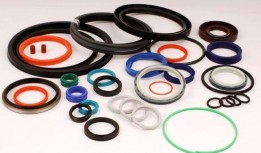
Why PTFE Works Well for Hydraulic Linear Seals
PTFE is commonly used for hydraulic liner seals in just about every industry that uses them. From guide rings to chevron sets, PTFE hydraulic linear seals have a reputation for durability and excellent tribological performance. In this blog post, we are going to discus...Read more -
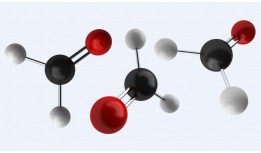
The Manufacturing Process of PTFE
1.Making the TFE 2.Suspension Polymerization 3.Dispersion polymerization Making the TFE 1 Manufacturers of PTFE begin by synthesizing TFE. The three ingredients of TFE, fluorspar, hydrofluoric acid, and chloroform are combined in a chemical reaction chamber heated to between 1094-1652°F (590-900°...Read more -
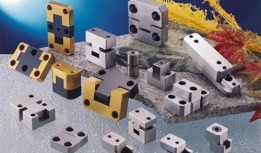
Accuracy and Mold Direction of PTFE Products
Introduction:In general, the accuracy of PTFE product is not easy to control because its coefficient of linear expansion is higher than that of metals, and its one of volume transition temperature is around room temperature causes volume changes approximately 1 to 2%. Moreover, thin-walled PTFE ...Read more -
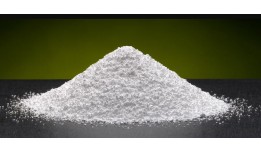
Production Process of PTFE
Tetrafluoroethylene was first prepared in 1933. The current commercial synthesis are based on fluorspar, sulphuric acid and chloroform. Basic Production Process of PTFE Polymer: The Manufacturing of PTFE Polymer/ Resin is basically carried out in two stages. First, TFE Monomer is generally manuf...Read more -
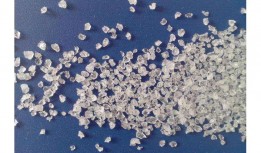
Extrusion of polymers
Extrusion is a process of manufacturing long products of constant cross-section (rods, sheets, pipes, films, wire insulation coating) forcing soften polymer through a die with an opening. Polymer material in form of pellets is fed into an extruder through a hopper. The material is ...Read more -
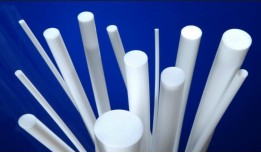
Polymer adsorption
Adsorption is the adhesion of ions or molecules onto the surface of another phase.Adsorption may occur via physisorption and chemisorption. Ions and molecules can adsorb to many types of surfaces including polymer surfaces. A polymer is a large molecule composed of repeating subunits bound togeth...Read more

